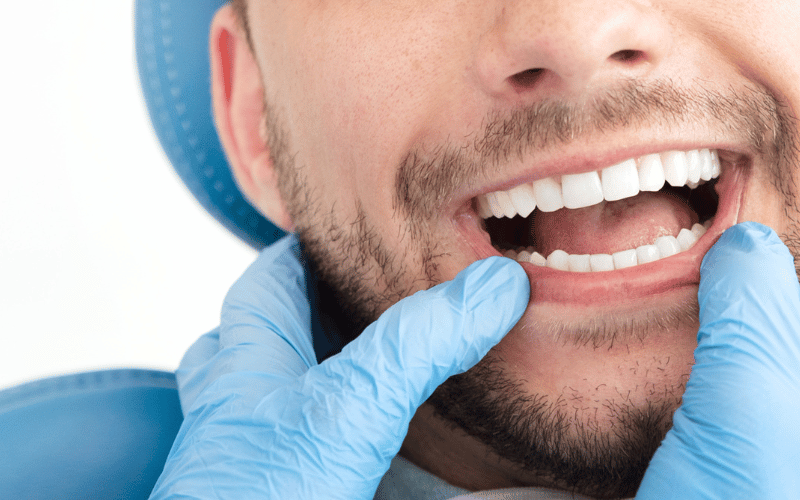Introduction: Demystifying Dental Terminology
The realm of dental health is vast and complex. Amidst a sea of terms, ‘overbite’ and ‘overjet’ stand out as two that are frequently misunderstood.

It’s not just a matter of semantics; the distinctions between these terms have implications for diagnosis and treatment. As we venture deeper into this topic, the aim is clear: to ensure a robust understanding of these terms and their differences.
Orthodontics, a specialized branch of dentistry, deals with the diagnosis, prevention, and correction of malpositioned teeth and jaws. When delving into malocclusions or “bad bites”, overbite and overjet are two conditions frequently encountered.
However, recognizing the distinction between them can be a game-changer for both patients and practitioners. With that foundation set, let’s dissect the 5 key differences between overbite and overjet.
1. Definition: Distinguishing by Description

When diving deep into orthodontic terminology, one comes across the term ‘overbite’. So, what does it exactly mean? An overbite occurs when the upper front teeth overlap the lower front teeth vertically. Picture a scenario where someone smiles, and you notice their upper teeth considerably covering the lower set. This is a classic case of overbite. Often, people outside the dental profession refer to it as “buck teeth.”
In an ideal dental alignment, this overlap exists, but it’s minimal. Typically, it should be about 1-2mm. However, any more than that, and we delve into the territory of a pronounced overbite. This discrepancy might seem purely aesthetic, but it can lead to other dental complications if not addressed.
On the flip side, we have the overjet. This term sounds eerily similar to an overbite but stands for a different dental phenomenon. An overjet relates to the horizontal extension of the upper front teeth, exceeding the position of the lower front teeth. Think of this as a gap or protrusion between the two sets of front teeth.
Such a condition is not just about the teeth jutting out. An overjet can impact how one bites down on food or even speaks. The extension can range from mild to severe. In some extreme cases, the teeth might jut out noticeably, affecting the overall facial profile. (1)